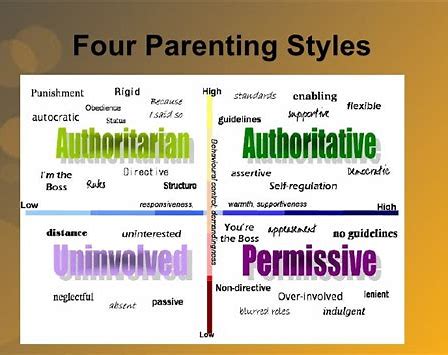Parenting Across Cultures
Parenting across cultures can be challenging, as different cultures often have very different approaches to parenting. However, there are many resources available to help parents navigate these differences and provide the best possible care for their children.
We will continue to update this section with additional parenting across cultures rsources.
Cultural Approaches to Parenting
The article “Cultural Approaches to Parenting” by Marc H. Bornstein explores the relationship between culture and parenting. The author discusses how culture shapes the beliefs and behaviors of parents, leading to variations in parenting practices across different cultural groups. The article addresses key issues in cultural approaches to parenting and concludes with an overview of the implications for social policy and future research directions.
Parenting Across Cultures
The article “Parenting Across Cultures” from Psychology Today is written by Aditi Subramaniam, Ph.D. and discusses the different approaches to parenting in various cultures. The article highlights that parents from different cultures can learn from one another’s techniques and implement them.
For instance, the article mentions that while children in India have more unstructured playtime, children in the U.S. are often encouraged to think independently from a young age. The author suggests that observing how parents in other cultures do things can help us take the best bits from their techniques and implement them.
How Cultures Around the World Think About Parenting
The article “How cultures around the world think about parenting” on the TED Ideas blog is written by Amy S. Choi. The article explores the different approaches to parenting in various cultures, and discusses what American parents can learn from how other cultures approach parenting. The article provides examples of child-rearing ideas in Japan, Norway, Spain, and beyond.
11 Parenting Styles From Around the World
“11 Parenting Styles From Around the World” is an article on the Verywell Family website written by Amy Morin, LCSW. The article discusses how ideas about the best ways to raise kids stem largely from culture, and how the way people grew up, the values they were given, and the cultural norms they witnessed influence how they raise their kids. The article provides examples of parenting styles from around the world, including Denmark, Norway, Finland, Hong Kong, India, Taiwan, and Italy.
Parenting Styles: An Evidence-Based, Cross-Culture Guide
“Parenting styles: An evidence-based, cross-cultural guide” is an article on the Parenting Science website written by Gwen Dewar, Ph.D.. The article discusses the concept of parenting styles, which was first introduced by Diane Baumrind to explain differences in the way parents attempt to control and socialize their children. The article provides information about the four basic parenting styles: authoritative, authoritarian, permissive, and uninvolved.
How Culture Influences Children's Development
“How culture influences children’s development” is an article on The Conversation website written by Ching-Yu Huang, a Lecturer in Psychology at Bournemouth University. The article discusses how culture affects children’s development, and how what is considered “normal” varies greatly from one culture to the next. The article provides examples of how culture influences language, artistic expression, food, and religion, and how these cultural influences affect the way children develop emotionally, socially, physically, and linguistically












